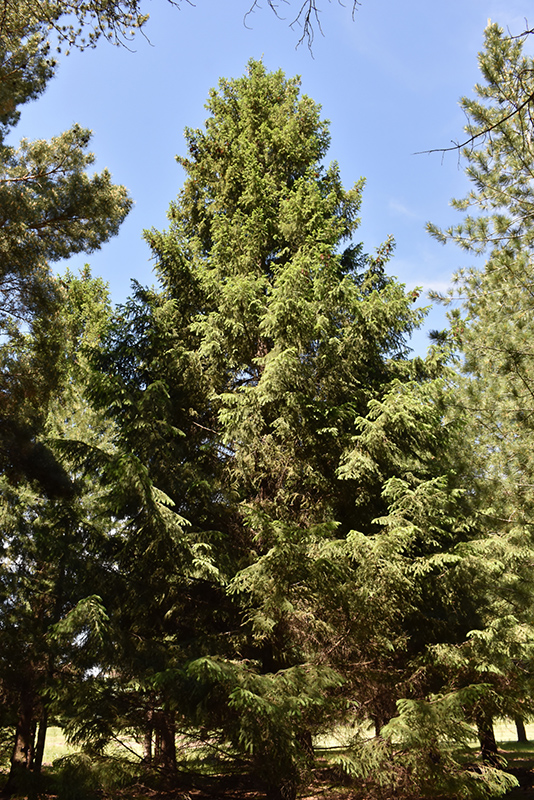Description
Growth & Care
| USDA Plant Hardiness Zone | 3a |
| Growth Rate | Fast |
| Recommended Pruning Method | Only Prune New Growth |
Foliage
| Foliage Type | Evergreen |
| Plant Form | Pyramidal |
Flowers
| Flower Fragrance | Unscented |
Additional Categories
| Additional Category | Spruce |
| Landscape Application | Accent, Shade, Articulation, Windbreak |
Details
Planting & Growing
Royal Splendor Norway Spruce will grow to be about 40 feet tall at maturity, with a spread of 20 feet. It has a low canopy, and should not be planted underneath power lines. It grows at a fast rate, and under ideal conditions can be expected to live for 70 years or more.
This tree should only be grown in full sunlight. It does best in average to evenly moist conditions, but will not tolerate standing water. It is not particular as to soil type or pH, and is able to handle environmental salt. It is highly tolerant of urban pollution and will even thrive in inner city environments. This is a selected variety of a species not originally from North America.
Landscape Attributes
Royal Splendor Norway Spruce is a dense evergreen tree with a strong central leader and a distinctive and refined pyramidal form. Its average texture blends into the landscape, but can be balanced by one or two finer or coarser trees or shrubs for an effective composition.
This is a relatively low maintenance tree. When pruning is necessary, it is recommended to only trim back the new growth of the current season, other than to remove any dieback. Deer don't particularly care for this plant and will usually leave it alone in favor of tastier treats. It has no significant negative characteristics.
Royal Splendor Norway Spruce is recommended for the following landscape applications:
Accent, Shade, Vertical Accent, Windbreaks and Shelterbelts
Ornamental Features
Royal Splendor Norway Spruce is primarily valued in the landscape for its distinctively pyramidal habit of growth. It has forest green evergreen foliage which emerges light green in spring. The glossy needles remain forest green throughout the winter. The brown fruits are held in cones from early to late fall. The smooth gray bark adds an interesting dimension to the landscape.




